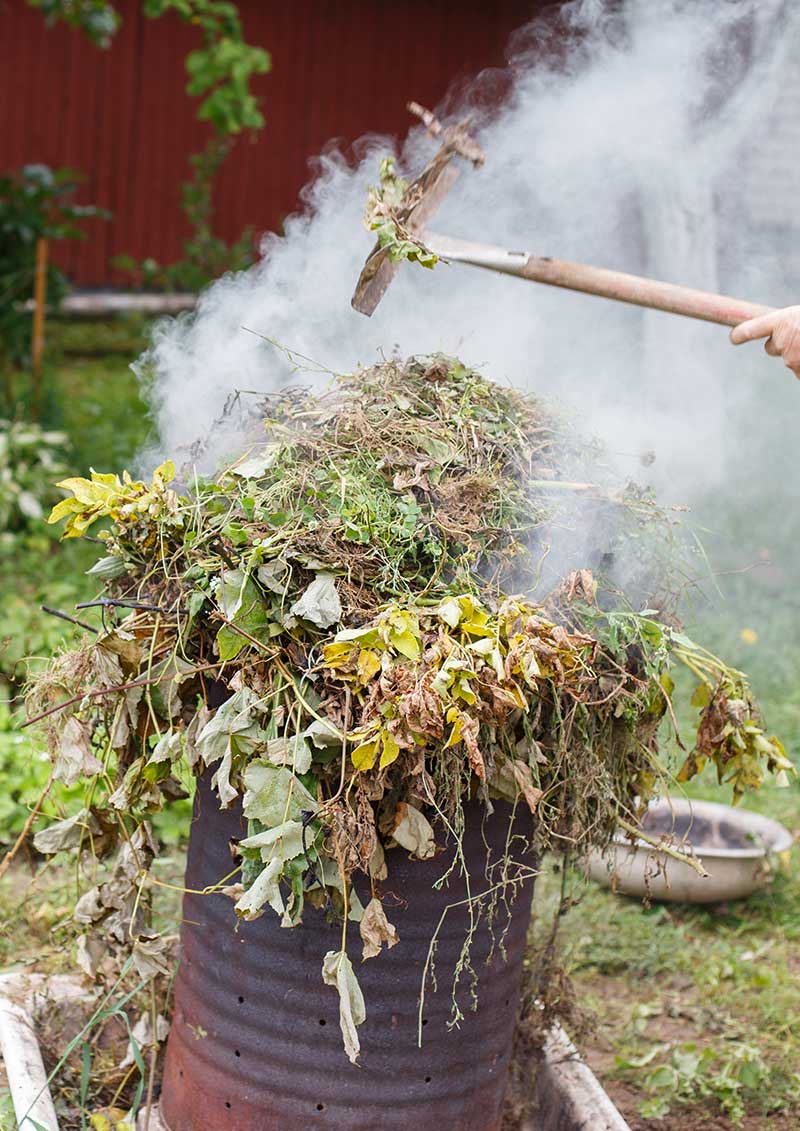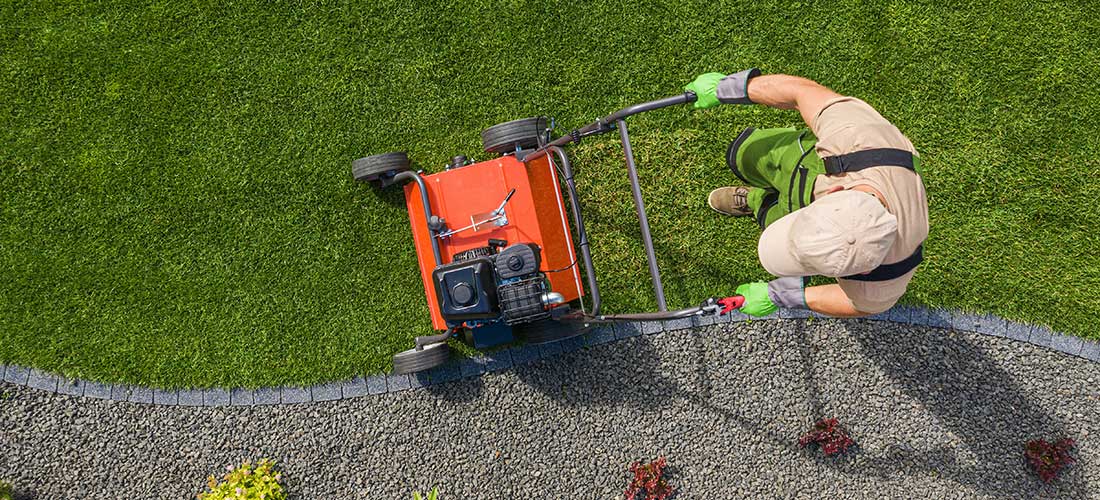
Planning a garden clearance
No two garden clearances are the same. There are some obvious differences, like the size and state of the garden, but it’s also important to consider the purpose behind the clearance. If you’ve just moved home and acquired a large garden that’s a cross between a jungle and a dumping ground, your job will be very different to a small garden that’s just been neglected for a couple of seasons.
Likewise, if you just want to get back to the planting that’s underneath those overgrown bushes, your approach will be different to stripping everything back to prepare for a new layout or even buildings.
A garden clearance plan does not need to be complicated or detailed, and in most cases it need only be a back-of-the-envelope outline. But while some might simply be ‘start at one end and work to the other’, some will need more detail and phasing.
Perhaps the most critical consideration is what needs clearing. If you are removing soil or buildings, then you will need to make special arrangements. And if you are preparing a larger garden, disposal will present a logistical problem; you might even want to phase clearance to allow more creative gardening to begin in areas before all the clearance is finished. Think about the time you will be able to spend on clearance — it will take longer than you think — and work around constraints you might have, like disposal.
Disposing of everything
By definition, a garden clearance is about generating waste. Unfortunately, getting rid of it might be the hardest part. One of your first jobs will be separating the waste into types.
Collect by UK councils
Green waste, things like clippings, weeds, and small branches might be the easiest to dispose of. Most UK councils will take green waste for free, but they frequently have restrictions. These might range from the frequency of green waste collection or times of year they collect, to a limit on the bags collected. This could mean some planning around collection cycles, and either storing the excess waste or disposing of it yourself.
It might be worth investigating ways to minimise the volume of green waste generated, especially if your council limits the volume collected. Options include compression, baling or shredding. Manual compactors can be cheap and will help get more into fewer bags. But if you have a particularly large clearance job, then it might be worth considering rental options for balers or shredders.

Burning & composting
Another option is burning green waste. Despite many myths, there is no law stopping you burning garden waste; however, you cannot cause a nuisance for neighbours. This might mean that burning dry branches from a dead shrub or tree if fine, but if you are in an urban area, the smoke generated by burning green growth could cause a problem. And, of course, if you are burning waste, it’s important to do so carefully, ensuring that there is no risk of the fire spreading.
However, the best from an environmental perspective — and your garden’s future growth — is composting. Most garden waste will break down quickly, meaning that in a few short months you could have a ready supply of fertiliser, and will have avoided all the emissions associated with waste disposal.

Skip hire
The hardest materials to dispose of are things like soil and building waste. While you might be able to dispose of small amounts via local civic amenity sites, larger amounts, for example from the removal of raised beds, will probably require a skip. Aside from the timing constraints skip hire and collection will impose on your garden clearance, you will also have to check on things like licences (if the skip is on the street) and access.

Using a tradesperson
Of course, the easiest way to clear your garden is to get someone else to do it, and it’s an unsurprisingly popular option. Although it comes at a cost, it usually means the garden is cleared quickly and thoroughly, and the tradesperson will often deal with waste disposal too.
If you are considering using a professional, it’s worth going through the planning process first. This should cover not just what, exactly, is to be cleared — you will want to be clear on what you do, and do not, want to keep, but also things like timings and access, since these will affect cost.
If the tradesperson doesn’t volunteer the information, there are a few key things to check. It’s worth knowing how many people will be working on the job, since that’s a key factor in pricing. You’ll also want to know how they propose to access your garden and, if applicable, what mitigation they will have in place to avoid dirt spreading through your house. Also check what facilities they require, for example if they will need electricity or water. And, importantly, check on what will happen to the waste, so you aren’t surprised by what’s left behind at the end.

It’s impossible to provide an accurate guide on costs since everything from the size of the job to the local cost-of-living will influence the quote. However, typically, the quote will be per hour and in the region of £45-60. If your garden clearance requires a skip, then that will add to the cost, and can be between £150-400 per skip.
For many, though, the savings in time and hassle can far outweigh the financial cost, and can get people to the enjoyable, constructive, garden work more quickly. And if nothing else, getting a quote can help clarify the work involved. A quick search for ‘gardeners’ on our website will help you quickly find a tradesperson who’s perfect of your garden clearance.
